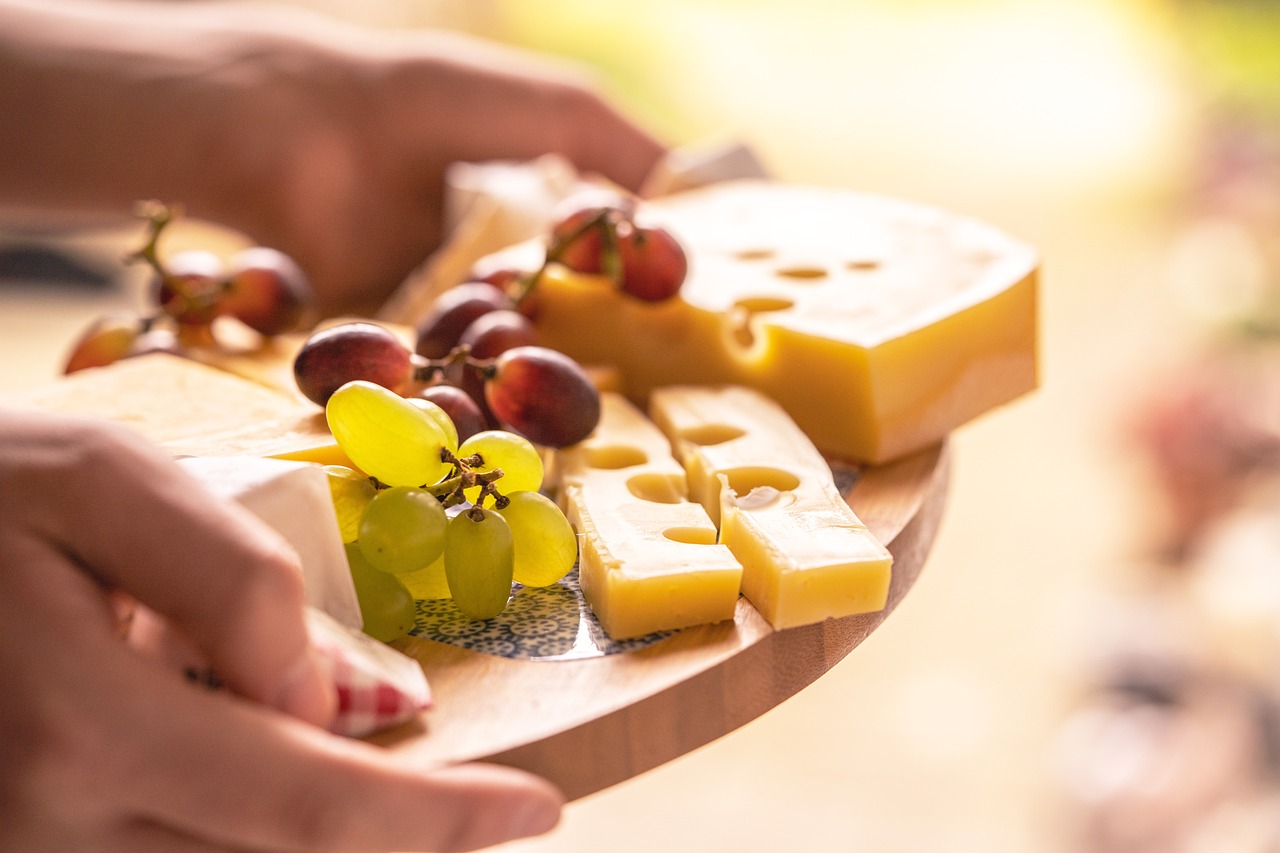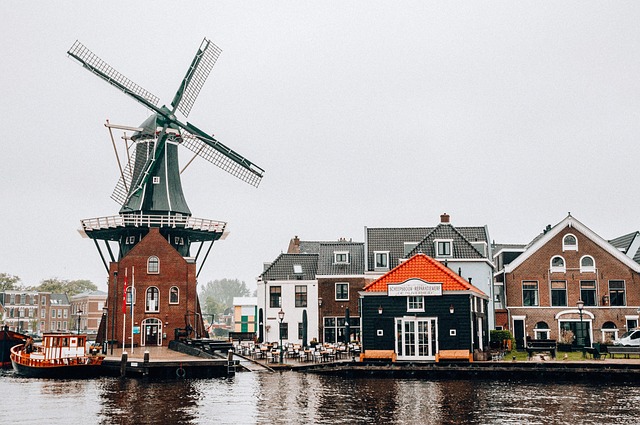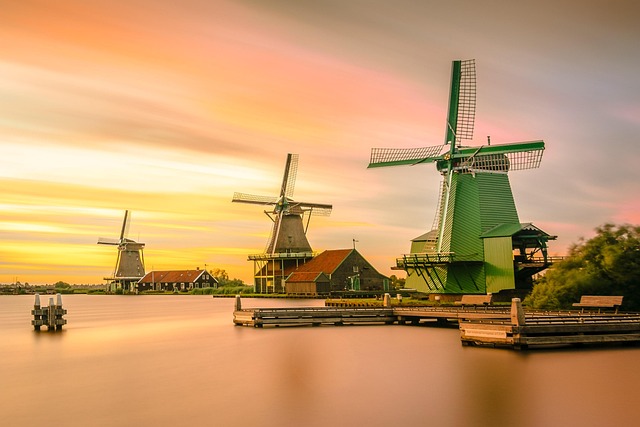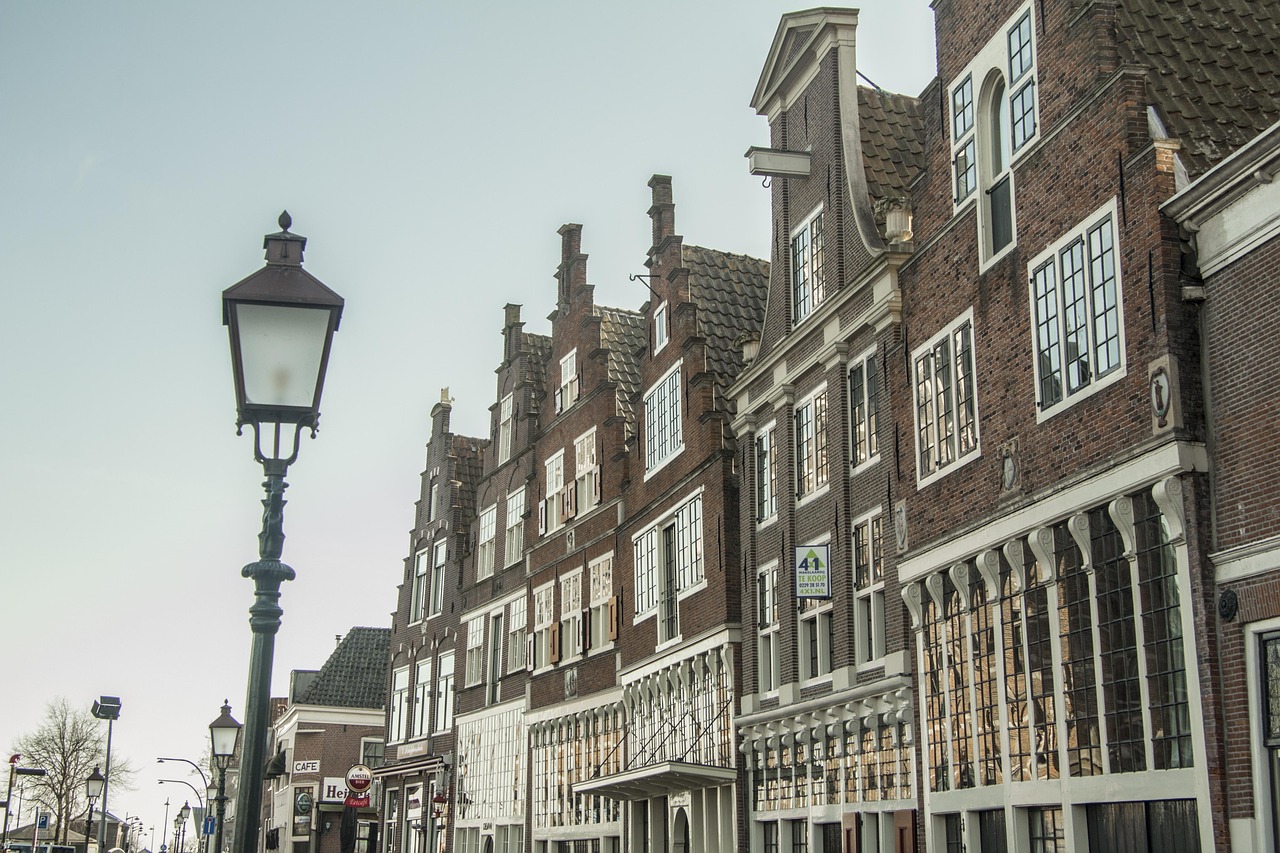Dutch Cheese: Famous Varieties and Production

The Netherlands is synonymous with cheese, and for good reason. Dutch cheese is celebrated worldwide for its rich flavors, high quality, and centuries-old traditions. From the iconic Gouda and Edam to lesser-known varieties, Dutch cheese offers something for every palate. The country’s cheese-making heritage is deeply rooted in its history, culture, and agricultural practices. This article explores the famous varieties of Dutch cheese, the production process, and what makes Dutch cheese so special.
1. The History of Dutch Cheese
Cheese-making in the Netherlands dates back over 2,000 years, with evidence of early cheese production found in archaeological sites. The country’s fertile pastures, abundant rainfall, and temperate climate provide ideal conditions for dairy farming. By the Middle Ages, cheese had become a staple of the Dutch diet and a major export product.
The Netherlands is now one of the largest cheese exporters in the world, with cheese accounting for a significant portion of its agricultural exports. Dutch cheese markets, such as those in Alkmaar and Gouda, have become iconic symbols of the country’s cheese-making heritage.
2. Famous Dutch Cheese Varieties
The Netherlands produces a wide range of cheeses, each with its own unique flavor, texture, and production method. Here are some of the most famous varieties:
Gouda
- Description: Gouda is the most famous Dutch cheese, known for its creamy texture and mild, nutty flavor. It is named after the city of Gouda, where it was traditionally traded.
- Aging: Gouda can be aged for different periods, ranging from young (4-8 weeks) to extra-aged (over 18 months). Aged Gouda develops a richer, caramel-like flavor.
- Uses: Gouda is versatile and can be enjoyed on its own, in sandwiches, or melted in dishes like mac and cheese.
Edam
- Description: Edam is a semi-hard cheese with a mild, slightly salty flavor. It is named after the town of Edam in North Holland.
- Appearance: Edam is easily recognizable by its round shape and red or yellow wax coating.
- Uses: Edam is often served as a snack or appetizer and pairs well with fruits and wines.
Leiden (Leyden)
- Description: Leiden is a semi-hard cheese flavored with cumin and caraway seeds, giving it a distinctive spicy taste.
- Origin: It originates from the city of Leiden and is one of the oldest Dutch cheeses.
- Uses: Leiden is often enjoyed with bread or as part of a cheese platter.
Maasdam
- Description: Maasdam is a semi-hard cheese known for its large holes and sweet, nutty flavor. It is often compared to Swiss Emmental.
- Aging: Maasdam is aged for 4-12 weeks, during which it develops its characteristic holes and flavor.
- Uses: Maasdam is great for sandwiches and melting in dishes like fondue.
Boerenkaas
- Description: Boerenkaas, or “farmer’s cheese,” is a traditional cheese made from raw milk on small farms. It has a rich, robust flavor and a crumbly texture.
- Production: Boerenkaas is often made using traditional methods, giving it a unique, artisanal quality.
- Uses: Boerenkaas is best enjoyed on its own or with hearty bread.
Limburger
- Description: Limburger is a soft, pungent cheese with a strong aroma and creamy texture. It originates from the Limburg region.
- Aging: Limburger is aged for several weeks, during which it develops its characteristic smell and flavor.
- Uses: Limburger is often paired with onions and rye bread.
3. The Cheese-Making Process
The production of Dutch cheese involves several key steps, each of which contributes to the final flavor and texture of the cheese. Here’s an overview of the process:
1. Milk Collection and Preparation
- High-quality milk is collected from dairy farms. The milk is often pasteurized to ensure safety, though some traditional cheeses like Boerenkaas are made from raw milk.
- The milk is then heated and mixed with starter cultures and rennet to begin the curdling process.
2. Curdling and Cutting
- The milk curdles, forming a solid mass (curds) and liquid (whey). The curds are cut into small pieces to release more whey.
3. Pressing and Shaping
- The curds are pressed into molds to form the cheese’s shape. For example, Gouda is typically pressed into round wheels, while Edam is shaped into smaller, spherical forms.
4. Brining
- The cheese is soaked in a brine solution to enhance flavor and preserve it. This step also helps form the cheese’s rind.
5. Aging
- The cheese is aged in controlled environments for varying periods, depending on the type of cheese. Aging allows the cheese to develop its flavor and texture.
6. Packaging
- Once aged, the cheese is packaged, often with a wax coating (as in Edam) or a natural rind (as in Boerenkaas).
4. Dutch Cheese Markets: A Cultural Experience
Dutch cheese markets are not just places to buy cheese; they are cultural experiences that showcase the country’s cheese-making heritage. Some of the most famous cheese markets include:
- Alkmaar Cheese Market: Held every Friday from April to September, this market features traditional cheese weighing and trading ceremonies.
- Gouda Cheese Market: Held every Thursday morning in the summer, this market offers a glimpse into the history of Gouda cheese.
- Edam Cheese Market: This market, held on Wednesdays in July and August, recreates the traditional cheese trading process.
Visiting a cheese market is a great way to learn about Dutch cheese traditions and sample a variety of cheeses.
5. Pairing Dutch Cheese
Dutch cheese pairs well with a variety of foods and beverages. Here are some popular pairings:
- Wine: Gouda pairs well with red wines like Merlot or Cabernet Sauvignon, while Edam complements white wines like Chardonnay.
- Beer: Dutch cheeses like Leiden and Boerenkaas go well with craft beers or traditional Dutch lagers.
- Fruits and Nuts: Apples, pears, and walnuts are excellent accompaniments to Dutch cheese.
- Bread: Serve Dutch cheese with crusty bread or crackers for a simple yet satisfying snack.
6. Sustainability and Innovation in Dutch Cheese Production
The Dutch cheese industry is increasingly focused on sustainability and innovation. Many producers are adopting eco-friendly practices, such as using renewable energy, reducing water usage, and promoting animal welfare. Additionally, there is a growing interest in artisanal and organic cheeses, which cater to consumers seeking high-quality, ethically produced products.




